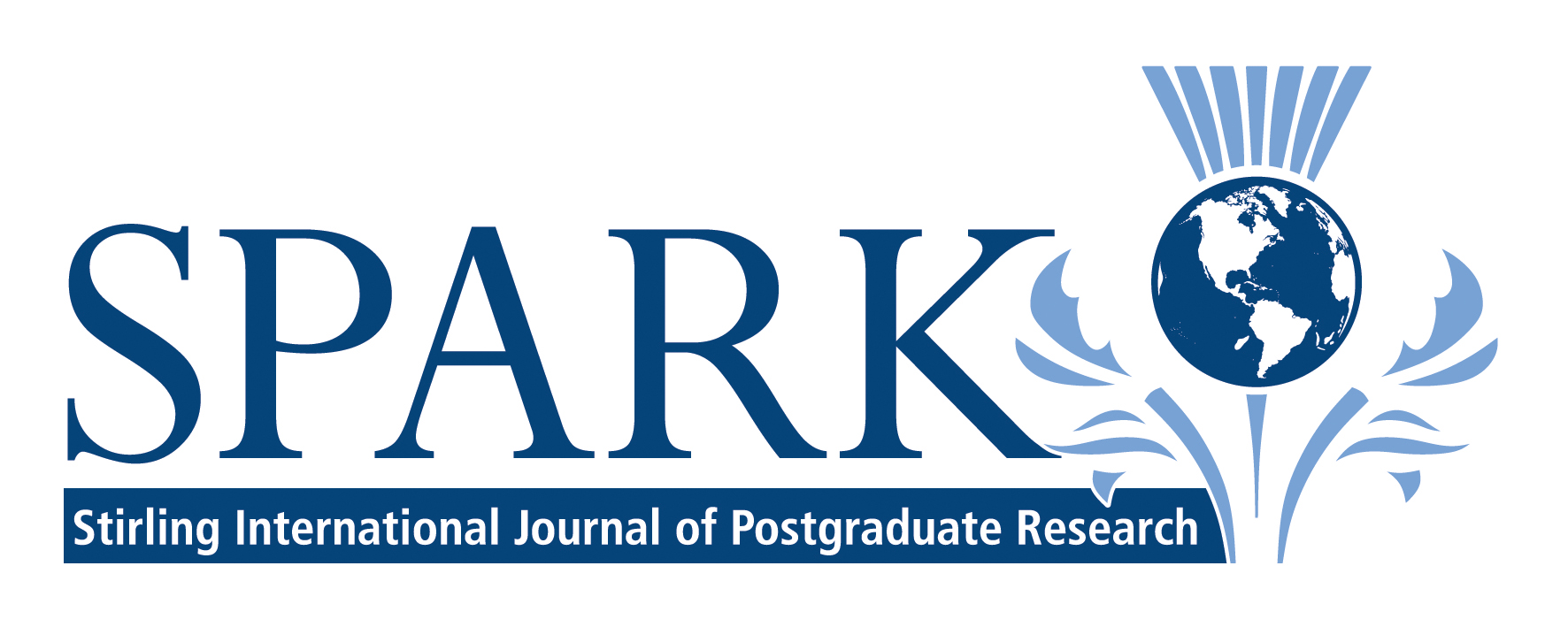General FAQs:
Q: How frequently is the journal published?
A: Spark is published once per year, normally at the beginning of the academic year.
Q: Who can submit a piece to the journal?
Q: How long does the publication process take, from article submission to final publication?
A: We circulate the Call for Papers in January; the cut-off point for submissions is around March/April (the precise date is stated on the call for papers). The complete process – peer reviewing and feedback to authors, author amendments, copy editing, and final publication – takes approximately 35 weeks.
Q: Can I become a journal staff member, and if so, what prior experience do I require?
Q: How long does an individual journal staff member assume a position for?
Q: How do you decide on an issue’s central topic?
Q: Who reads the journal, and how aware are academics of it?
Submission FAQs:
Q: How and when should I submit my article to Spark?
A: Spark is normally published annually. The call for papers for the current issue of Spark has closed, but can be read here. The next call for papers will be announced later this year.
Spark usually accepts article submissions in March or April. In some years a preliminary submission of abstracts is requested. Submission dates and procedures for submission are available on our current call for papers.
Q: What format is required for submissions?
A: Spark’s preferred format for full paper submissions is MS Word docx. If you wish to submit using another format please contact the editors.
Q: Can anyone of any academic discipline submit an article to Spark?
A: Yes, we accept articles from an all-inclusive standpoint within academic scholarship, provided your submitted piece fits with the issue’s central theme.
Q: How long should my submission be?
A: For articles, between 3000 and 6000 words (including quotes but not bibliography/list of works cited list); for letters to the editor, between 1500 and 2000 words; for book reviews, between 750 and 1250 words.
Q: What referencing system does Spark use?
A: We use Harvard Style. You can access a guide to this referencing style online here. Note that we use British English spellings.
Q: How many references should I use for my article?
A: This question is left somewhat to authors’ discretion. Your article should contain enough reliable supportive evidence to position your argument among established critics in your field of research, but not so much that it obscures your own contribution to the topic. Part of the skill in adding to a body of knowledge is in striking a balance between knowing and building upon the existing scholarly terrain of your area, and providing an original argument or counter argument of your own.
Q: What constitutes a reliable source of information?
A: Articles in academic journals (in print or online), field reports, and experiments that have been peer reviewed by experts in the field. Newspaper articles, websites and forum posts are okay for general, background references or sparsely and in exceptional circumstances, but these should not be relied upon to support the main bulk of your argument.
Q: How does the peer review process work?
A: Your submission will be read anonymously by a fellow student whose area of expertise is that of your own. They will suggest amendments to your piece using anonymous track changes, and provide a brief summary of your content with general impressions for improvement, and a final statement on whether or not they recommend it be included in the issue you have submitted for.
Note: Peer Reviewers, see our Top Tips for Peer Reviews.
Q: Then what should I do?
A: If you article has been recommended for publication pending revision, go through the track changes, fulfilling the recommended changes to your submission where you feel they are pertinent and necessary. We understand article revision can be time-consuming, especially when situated among other academic commitments and duties. We thus allocate a generous amount of time for the revision of contributions to Spark. Generally, we allow approximately four months for the entire revision process, although your initial revision may be required two to three months after initial submission. Email correspondence with Spark will indicate when any specific draft will be required to be revised and resubmitted to us.
